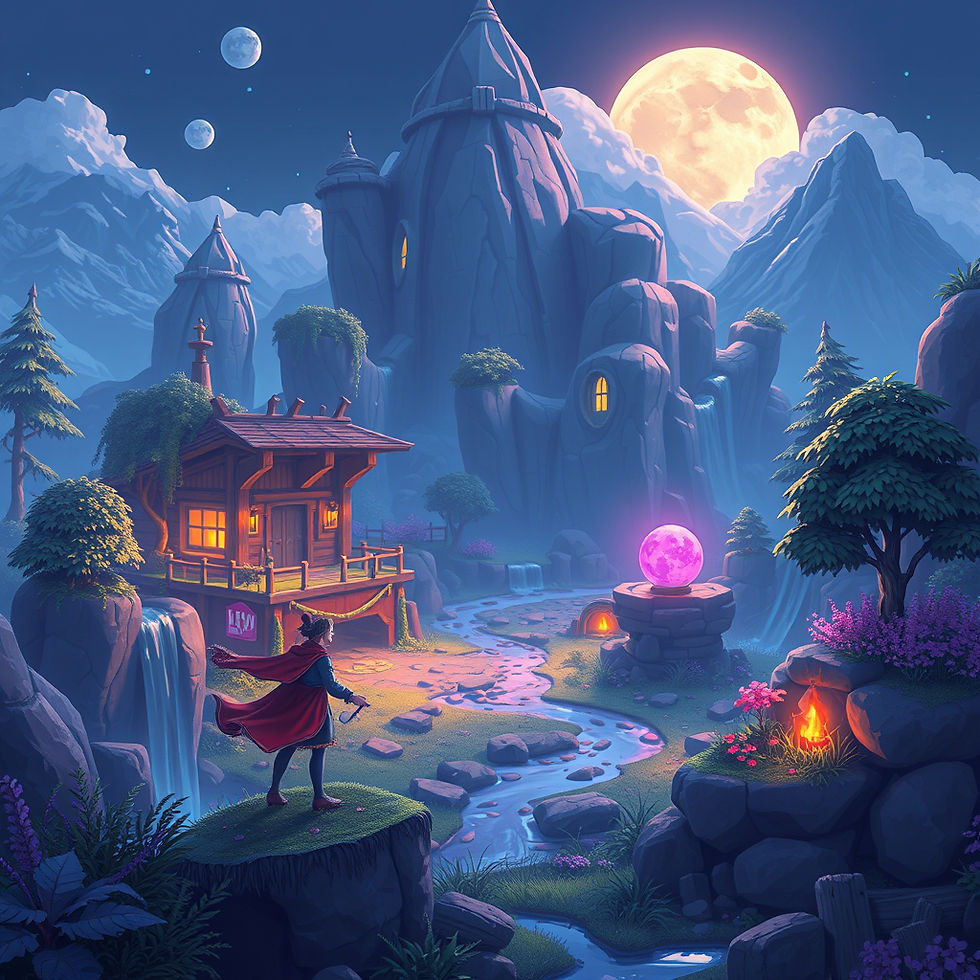The Importance of Cutscenes in Games
- Geniuscrate

- Aug 22
- 2 min read

Cutscenes are more than just cinematic breaks between gameplay, they are vital storytelling tools that shape how players experience a game. From epic battle introductions to emotional character moments, cutscenes add depth, pacing, and immersion that pure gameplay often can’t deliver on its own. At GeniusCrate, we’ve seen how powerful well-crafted cutscenes can be in making a game unforgettable.
What Are Cutscenes?
Cutscenes are non-interactive sequences in games that move the story forward. They may appear as pre-rendered cinematics, in-engine animations, or even stylized visuals, depending on the game’s artistic direction. With expert animation studios like GeniusCrate, these moments can seamlessly blend into gameplay while still delivering a cinematic punch.
Why Cutscenes Matter
Storytelling – Cutscenes bring narrative weight, allowing developers to reveal plot twists, lore, and emotional arcs that strengthen player engagement. GeniusCrate helps developers create visually striking sequences that elevate storytelling.
Immersion – A well-placed cinematic can pull players deeper into the game world, blurring the line between watching and playing. Our team specializes in hyper-realistic environments and assets that make transitions between gameplay and cinematics feel natural.
Emotional Connection – By focusing on facial expressions, voice acting, and dramatic staging, cutscenes help players bond with characters. GeniusCrate’s expertise in character modeling and animation ensures these moments feel authentic.
Pacing – They provide natural breaks between intense gameplay sequences, helping balance excitement with reflection.
Memorability – Many iconic gaming moments, from Final Fantasy VII’s Aerith scene to The Last of Us’ gripping openings, are remembered because of their cutscenes.
The Evolution of Cutscenes
Cutscenes have come a long way since the pixelated slideshows of early consoles. Today, real-time rendering, motion capture, and cinematic direction techniques bring them close to film-level quality. At GeniusCrate, we use cutting-edge tools like Maya, Blender, and Unreal Engine to help developers push cutscenes to the next level.
Challenges with Cutscenes
Not all cutscenes are received positively. Overly long, unskippable sequences can frustrate players who want to return to gameplay. The key is striking a balance: making cutscenes meaningful, concise, and complementary to the core gaming experience. GeniusCrate supports this by creating assets optimized for fluid storytelling and gameplay integration.
Conclusion
Cutscenes are a cornerstone of modern game design, transforming stories from background elements into unforgettable experiences. They ensure players don’t just play a game, they live it.
At GeniusCrate, we understand the balance between storytelling and gameplay. From cinematic animations to lifelike character performances, our team specializes in crafting assets that elevate in-game cutscenes and make every story moment resonate with players.



Comments